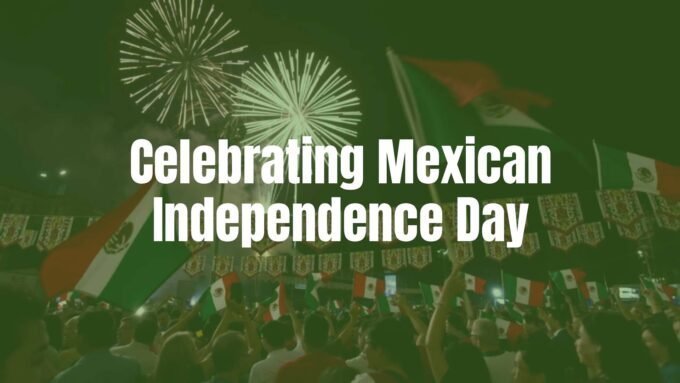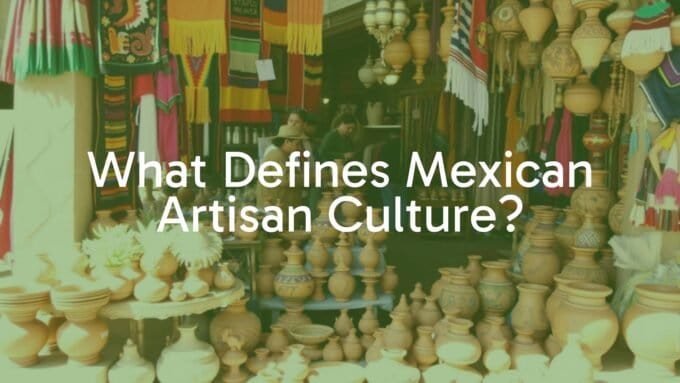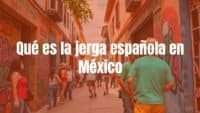Visiting a new country can be exciting, and Mexico offers colorful traditions, beautiful places, and delicious food. But to really enjoy your time, speaking some Spanish goes a long way. It helps you talk to people, find your way in busy markets, and order food easily. Only about 10% of Mexicans speak English, and fewer speak it well, so knowing a few Spanish basics will help you have a smoother and more interesting trip.

Why Learn Basic Spanish Phrases for Mexico?
Benefits of Using Spanish in Mexico
Knowing Spanish isn’t just practical for asking questions or getting directions-it also shows you care about the local culture. Even if your Spanish isn’t perfect, locals appreciate the effort and are much friendlier in return. You’ll get a chance to have real conversations, joke with people, and learn things that tourists might miss. This makes your trip more memorable.
Basic Spanish also helps you avoid confusion if you travel to places where people don’t speak much English. It lets you use public transportation, go through hotel check-ins, or handle emergencies more easily. Instead of sticking to tourist areas, you can explore and experience the real Mexico.
Differences in Mexican Spanish
Spanish is spoken in many countries, but each place has its own way of using the language. In Mexico, people use special words and expressions-as different as American and British English. For example, “¿Qué onda?” means “What’s up?” in Mexico. The word for “bus” is usually “camión” in Mexico.
You don’t need to become an expert, but learning the common words Mexicans use will make it easier to talk with them. The more you know about these differences, the more comfortable you’ll be, and your conversations will feel natural.
Greetings and Polite Expressions
Common Greetings
Starting with a greeting is important in Mexico. Here are the main greetings:
- Hola – Hello
- Buenos días – Good morning
- Buenas tardes – Good afternoon/evening (before night)
- Buenas noches – Good night (used at night for both greeting and saying goodbye)
- ¿Bueno? – Hello (on the phone)
Follow up with “¿Cómo estás?” (“How are you?”), or use informal versions like “¿Qué tal?” or “¿Qué onda?” which mean “What’s up?”.
Polite Words and Responses
- Gracias – Thank you
- De nada – You’re welcome
- Perdón – Excuse me / Sorry (general)
- Disculpe – Excuse me (to get attention)
- Con permiso – Excuse me (to get by someone)
Saying these words regularly shows respect and makes interactions smoother.
Goodbyes
- Adiós – Goodbye
- Nos vemos – See you later
- Nos vemos pronto – See you soon
Using the right goodbye leaves a friendly impression.

Meeting People and Making Conversation
Introducing Yourself
- Mi nombre es… – My name is…
- Me llamo… – I’m called…
- Mucho gusto – Nice to meet you
After introductions, you can ask “¿Cómo estás?” (“How are you?”) or “¿De dónde eres?” (“Where are you from?”), and answer with “Yo soy de [your country]”.
Simple Questions and Making Plans
| Spanish | English |
|---|---|
| ¿Quién? | Who? |
| ¿Qué? | What? |
| ¿Dónde? | Where? |
| ¿Cuándo? | When? |
| ¿Por qué? | Why? |
| ¿Cómo? | How? |
Ask “¿Qué hora es?” (“What time is it?”), or “¿A qué hora es…?” (“What time is…?”) to set up plans.
If you invite someone: “¿Quieres ir a…?” (“Do you want to go to…?”).
Important Travel Phrases
How to Ask for Directions
- ¿Dónde está…? – Where is…?
- el baño – the bathroom
- la playa – the beach
- el aeropuerto – the airport
- el banco – the bank
Direction words:
- Izquierda – Left
- Derecha – Right
- Derecho – Straight
- Estoy perdido/a – I’m lost

Public Transport and Taxis
- ¿Dónde puedo tomar un taxi? – Where can I get a taxi?
- Voy al… – I’m going to…
- ¿Cuánto cuesta el pasaje? – How much is the fare?
In Mexico, “camión” usually means bus. You can say, “¿A qué hora sale el camión?” (“What time does the bus leave?”)
At Hotels
- Tengo una reservación – I have a reservation
- ¿Me da una toalla extra? – Can I have an extra towel?
- ¿A qué hora es la salida? – What time is check-out?
- ¿Puedo hacer check-out tarde? – Can I check out late?
Shopping and Bargaining
Asking About Price and Products
- ¿Cuánto cuesta? – How much does it cost?
- ¿Qué precio tiene? – What price does it have?
- ¿Tiene…? – Do you have…?
- Solo estoy viendo, gracias – Just looking, thank you
Bargaining phrases
- ¿Me lo deja más barato? – Can you give it to me for less?
- Quiero este en azul – I want this one in blue
Bargaining is friendly in most places, so keep a smile and be polite.
Dining Out and Ordering Food
Asking for a Table, Menu, or Ordering
- Una mesa para dos, porfa – Table for two, please
- ¿El menú, por favor? / La carta, por favor? – The menu, please
- Quiero… – I want…
- Me gustaría pedir… – I’d like to order…
- ¿Qué me sugiere? – What do you suggest?

Diet Restrictions and Food Preferences
- Soy vegano/vegetariano/celíaco – I am vegan/vegetarian/celiac
- Sin queso – Without cheese
- A un lado – On the side
- ¿Qué ingredientes tiene? – What ingredients does it have?
Paying and Thanking
- La cuenta, por favor – The bill, please
- ¿Podemos tener la cuenta por favor? – Can we have the bill, please?
- Estuvo delicioso – It was delicious
Tipping is normal-leave about 10-15%. Call your waiter with “Joven” (male) or “Señorita” (female).
Emergency and Health Phrases
Getting Help
- ¡Auxilio! / ¡Ayuda! – Help!
- ¿Me puede ayudar? – Can you help me?
- Estoy perdido/a – I’m lost
Medical Help
- Necesito un doctor – I need a doctor
- Busco una farmacia – I need a pharmacy
- Estoy enfermo/a – I am sick
- Me duele la cabeza – My head hurts
Contacting Police
- Llama a la patrulla – Call the police car
Write down or have the emergency numbers with you.
Mexican Slang and Everyday Phrases
Common Slang Words
| Slang | Meaning |
|---|---|
| güey | friend/pal (pronounced “wey”) |
| fresa | snobby/stuck-up person |
| ¡Qué padre!/¡Qué chido! | Cool!/Awesome! |
| ¡No manches! | No way!/Come on! |
| ¿Qué pedo? | What’s up? (very informal) |

Use these with friends and people your own age. They make your Spanish sound more natural.
When to Use Slang
Slang is casual. Don’t use it with elders, strangers, or in formal situations. Listen to locals to learn when slang is okay, and ask if you aren’t sure.
Tips to Get Better at Spanish in Mexico
Avoiding Common Mistakes
- Don’t translate English directly-some words mean something else entirely. For example, “embarazada” means “pregnant,” not “embarrassed.”
- Be careful with pronunciation. Try to listen to how locals say words.
- Mistakes are normal. Learn from them and keep trying!
Building Confidence
The best way to get better is to practice. Start with small talks, like ordering food or asking for directions. Use Spanish whenever you can. People in Mexico are friendly and usually encourage learners.
The more you use Spanish, the easier and more natural it will feel.
Helpful Resources
- Language apps (like Babbel) can help you learn Mexican Spanish
- Phrasebooks are useful in emergencies
- Listen to Mexican music, watch TV or movies, read online news, or use workbooks to practice a bit every day
Try to put yourself in situations where you need to use Spanish. You’ll learn the most that way.













Leave a comment